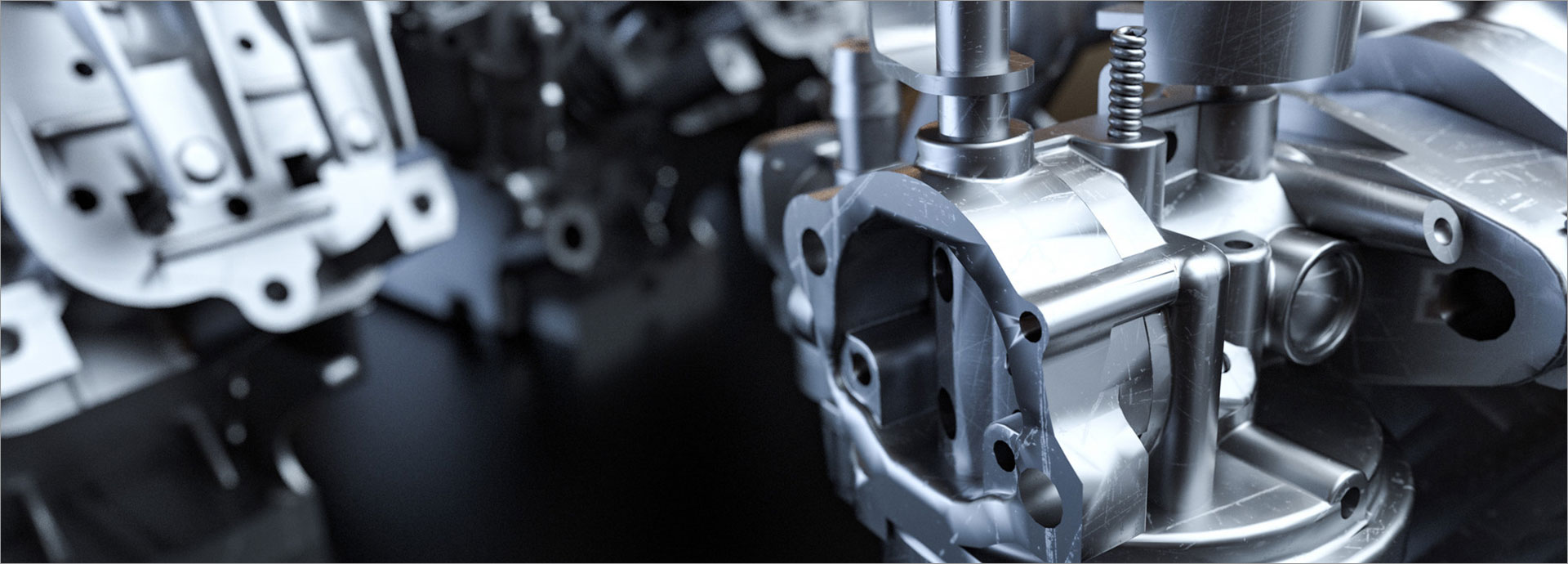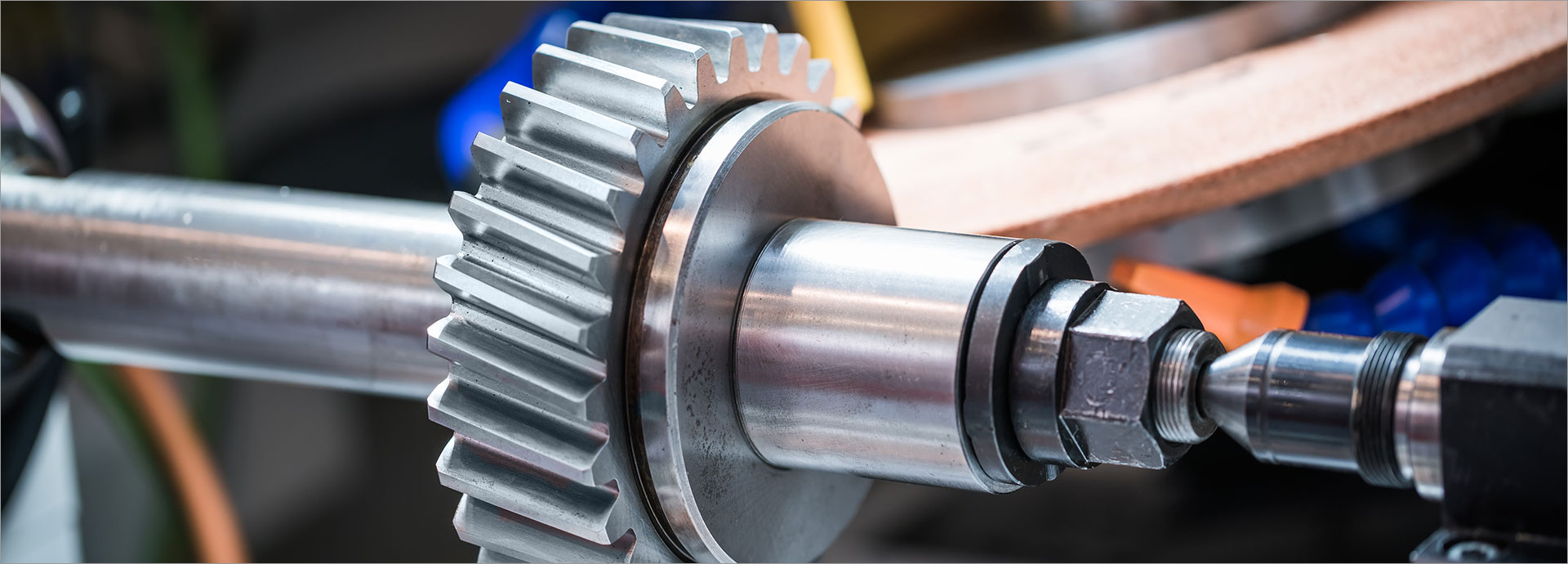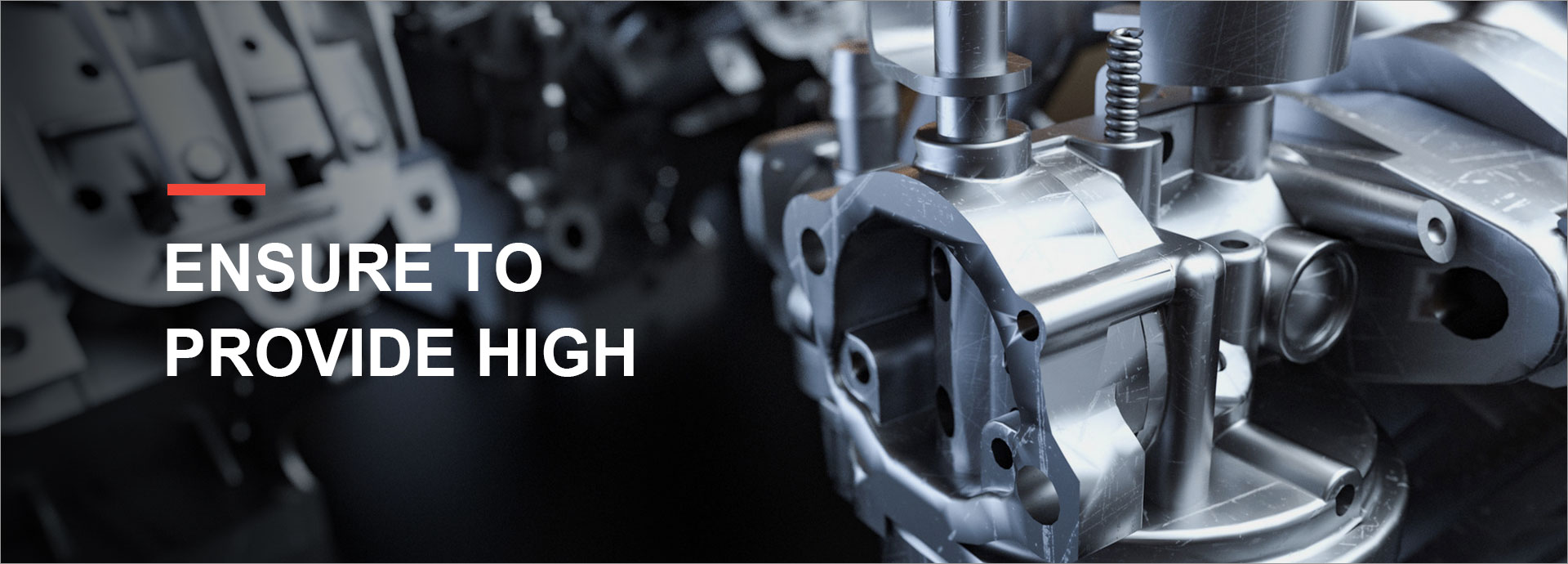- Automobiles & Motorcycles
- Beauty & Personal Care
- Business Services
- Chemicals
- Construction & Real Estate
- Consumer Electronics
- Electrical Equipment & Supplies
- Electronic Components & Supplies
- Energy
- Environment
- Excess Inventory
- Fashion Accessories
- Food & Beverage
- Furniture
- Gifts & Crafts
- Hardware
- Health & Medical
- Home & Garden
- Home Appliances
- Lights & Lighting
- Luggage, Bags & Cases
- Machinery
- Measurement & Analysis Instruments
- Mechanical Parts & Fabrication Services
- Minerals & Metallurgy
- Office & School Supplies
- Packaging & Printing
- Rubber & Plastics
- Security & Protection
- Service Equipment
- Shoes & Accessories
- Sports & Entertainment
- Telecommunications
- Textiles & Leather Products
- Timepieces, Jewelry, Eyewear
- Tools
- Toys & Hobbies
- Transportation
SMT Assembly vs. Through-Hole Assembly: Their Pros and ...
SMT Assembly vs. Through-Hole Assembly: Their Pros and Cons
When it comes to electronic manufacturing, selecting the right assembly method is crucial for both efficiency and product performance. Two primary assembly techniques are typically considered: Surface Mount Technology (SMT) Assembly and Through-Hole Assembly. Each method comes with its own set of advantages and challenges, making them suitable for different applications.
Understanding SMT Assembly
SMT Assembly involves mounting electronic components directly onto the surface of a printed circuit board (PCB). This method allows for a higher density of components and a more compact design. With the widespread application of SMT in smartphones, laptops, and other consumer electronics, it has become a standard in the industry.
Pros of SMT Assembly
- Space Efficiency: SMT components take up less space compared to their through-hole counterparts, allowing for smaller and lighter products.
- Automated Manufacturing: The use of automated machines in SMT processes increases efficiency and reduces production time.
- Cost-Effectiveness: The overall cost of SMT production can be lower due to fewer materials needed and the speed of assembly.
Delving into Through-Hole Assembly
Through-Hole Assembly involves inserting components through holes in the PCB and soldering them on the opposite side. This technology is often used for components that require a stronger mechanical bond, making it effective in situations where durability is paramount.
Pros of Through-Hole Assembly
- Mechanical Strength: Through-Hole components are generally more robust and can withstand physical stress better than SMT components.
- Alignment and Stability: The through-hole design provides better alignment within the PCB, which is beneficial for certain applications.
- Accessibility for Repairs: Components can be easier to replace or repair due to their larger size and easier access.
Choosing the Right Assembly Method
The decision between SMT Assembly and Through-Hole Assembly isn't always straightforward and often depends on the specific requirements of the project. For high-density devices and applications requiring speed and efficiency, Hayawin emphasizes the advantages of Pcb Smt Assembly. On the other hand, when dealing with heavy-duty electronic devices or those operating in extreme conditions, opting for Through-Hole methods may be more beneficial.
Emerging Trends in PCB Assembly
Recent advancements in technology are continuously bridging the gap between these two methods. Innovations are leading to hybrid approaches where both SMT and Through-Hole methods can be integrated, maximizing the strengths of each. For detailed insights into evolving techniques, including Pcb Smt Assembly, there are numerous resources available for engineers and manufacturers.
Understanding the nuances of each assembly method can significantly influence project timelines, costs, and overall product success. For comprehensive information on Smt Soldering techniques, professionals can seek specialized guides to enhance their knowledge and applications effectively.
If you are interested in sending in a Guest Blogger Submission,welcome to write for us!




Comments
0